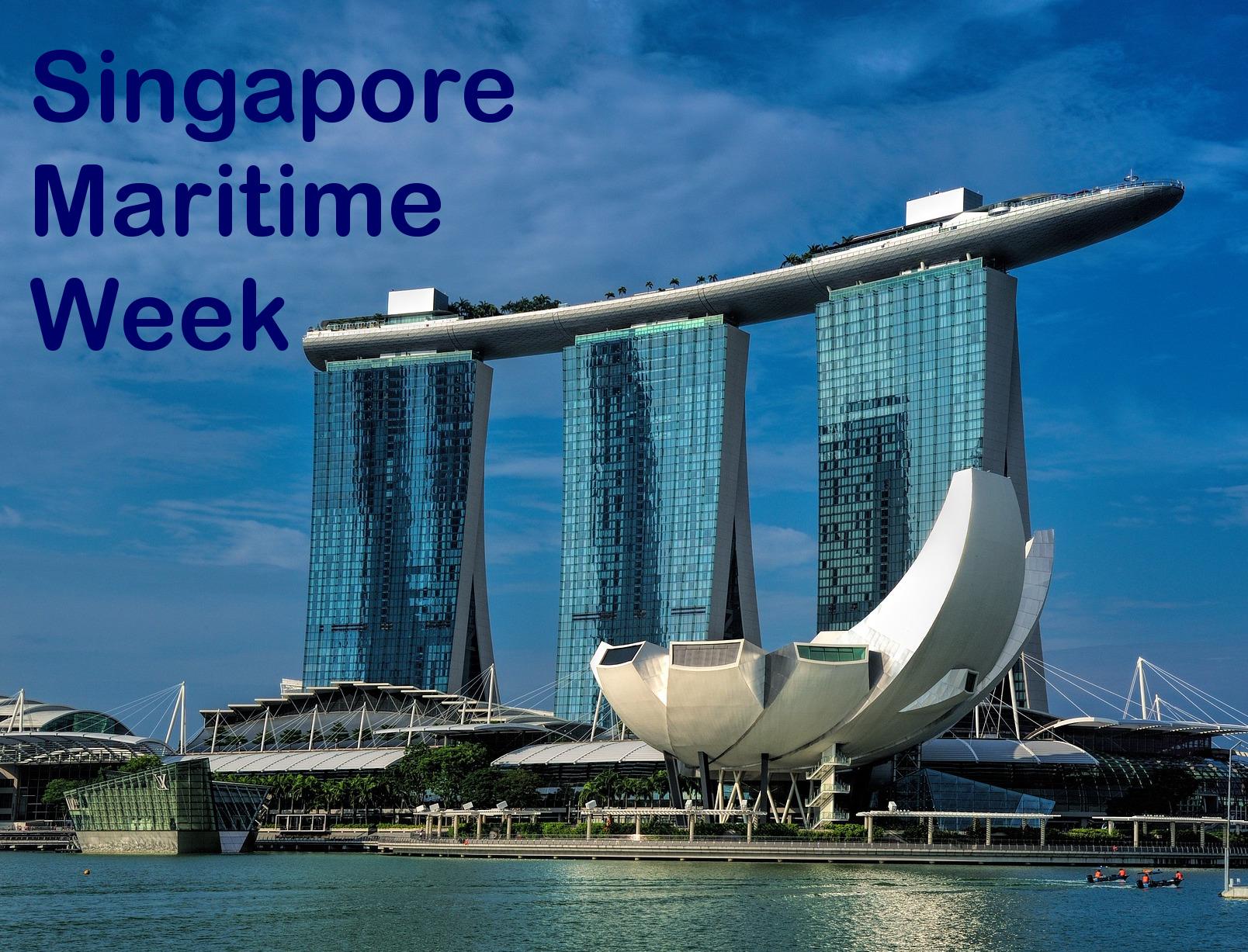Singapore Maritime Week and technologies of the future

Now it is over again. One full year for next Singapore Maritime Week. Conference that gathers all the top players of global maritime industry. This year theme was about future and innovation great panel discussions and presentations with various approaches.
As you might have guessed blockchain was in the center of the SMW. I also touched on this topic briefly on my blog about Bitcoin (1/2018).
The new Japanese carrier, OCEAN Network Express (ONE) CEO Mr. Jeremy Nixon was strong presenter shedding light upon his vision on leading ONE and whole maritime industry. Here are TOP5 technologies as seen by Nixon: Artificial Intelligence, robotics and process automation, the Internet of Things, drones and blockchain. Blockchain here, blockchain there.
Blockchain has been out in there for a while already and it has been marketed as a new tech that will disrupt everything, including maritime and international trade. It is worth keeping in mind however that there are thousands of different blockchain startups and initiatives. If it so happens that blockchain will begin to take over will there be a common standard? If all users have different blockchain for all different purposes we are talking about such a mess that whole shipping industry would be in chaos.
The underlying idea behind Bitcoin and most of other cryptocurrencies is that there is no single entity able to control the information or data stored in it. Rather, the ledger is distributed to various entities. Think of it this way: we are playing cards with big group of people and only one person is keeping score. Technically nothing prevents our score keeper from adding extra points to player of his choosing. Now imagine the same table but rather than having one score keeper, everybody keeps score of all the players, thus we have many identical score sheets. If one doesn’t match to others, it will be invalidated. Basic explanation, but I hope you get the point why blockchain is being cheered by so many: it makes corruption impossible.
From this we can smoothly transition to our next blockchain problem: if all the data must be gathered and put on public ledger, what will happen to trade secrets and other sensitive information which is not supposed to be public. Some kind of encryption is thus obviously needed.
Another common concern related to large scale use of blockchain technology relates to energy. It is well known that Bitcoin uses energy equivalent of energy consumption of state of Ireland. If shipping companies were to move their enormous databases to such blockchains how much energy would that consume? Doesn’t seem that environmentally friendly. Though it must be said that Bitcoin is the oldest and least energy efficient of all blockchain applications. Other blockchains use only fractions of energy compared to Bitcoin, but still, massive adoption could result into massive energy consumption.
One last thing. Blockchain has an underlying feature that ledger is kept by outside entities. While others play cards, others keep the score. Thus, these score keepers must be somehow compensated for their effort and computing power used. Traditionally this has been done by paying small amount when new data is sent to the blockchain. How much would it be in case of shipping? And then there is delay. If more data is sent to blockchain than it can process, we might find ourselves in a situation where we need to wait hours for our transaction to clear due to network delays. Not really an advantage.
Even though blockchain has been hot topic and buzzword for a while now, the technology doesn’t seem ready yet. Same was concluded during the SMW. Bill of Lading is most probably the first shipping related innovation that will move to blockchain. Lot of the future of blockchain in shipping depends how that first innovation will be handled. I hope we will see a blockchain B/L prototype in next year’s Singapore Maritime Week.
About Author

Tuomo Keltto
Tuomo Keltto is a logistics engineer who continued his studies in Seoul, South Korea. He studied at the Korean Government scholarship for a Master's degree in international trade and logistics. Now he is back in Finland and he works at Neste in Porvoo. - He has previously been in Steveco Hietanen for three summers as a temporary stevedore and as a foreman for one summer.
